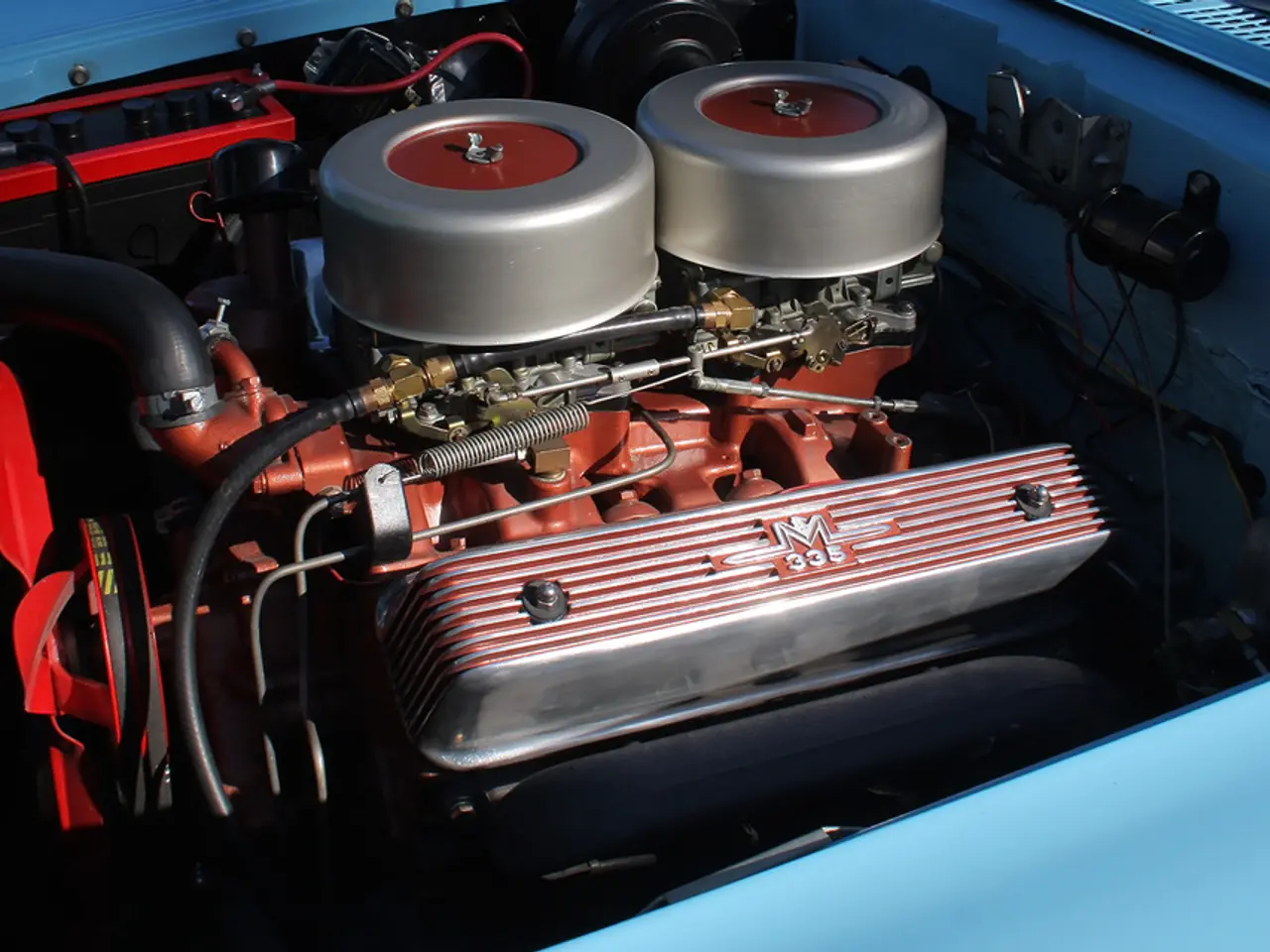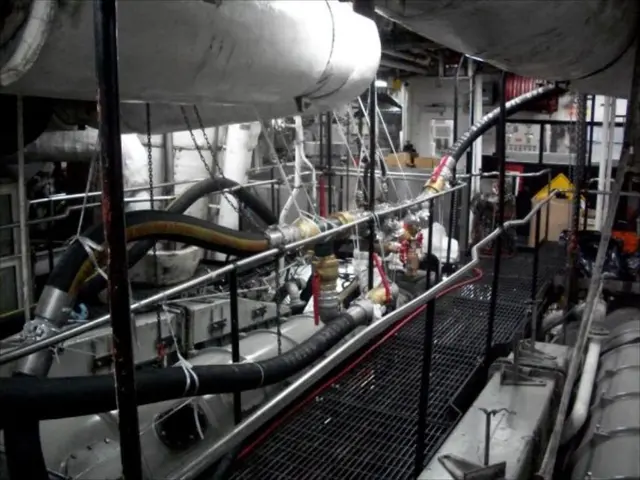AI Boosts Reverse Engineering: From Scanning to CAD in Real-Time
Reverse engineering has taken a significant leap with the integration of AI-assisted algorithms. These new tools automatically detect features, fit geometric primitives, and create parametric CAD models directly from scan data. The future looks promising with tighter integration of real-time metrology data and predictive analytics.
Key companies like Scanmotion 3D, TPW CTinspect, Brehmergroup, InspecVision, David Brown Santasalo, and Revopoint are at the forefront of this revolution. High-resolution 3D scanning has been the catalyst, enabling high-speed, high-precision capture of real-world geometry. Manufacturers now use reverse engineering to optimize tooling, qualify first-article parts, and support digital thread continuity in production workflows.
Reverse engineering also supports prototyping, rapidly capturing complex geometries from handmade models or early-stage prototypes. It has evolved from mere replication to a strategic capability enabling rapid prototyping, streamlined production, product lifecycle extension, and design innovation. Furthermore, it facilitates repair and maintenance by creating accurate digital twins of worn or damaged parts when OEM data is unavailable.
The complementary nature of additive manufacturing and reverse engineering is evident in the optimization and production of complex, organic geometries via 3D printing. As metrology, 3D scanning, and software continue to advance, reverse engineering is transforming into a proactive driver of competitive advantage.
Read also:
- U.S. Recreational Vehicles Renowned for Employing Timber from Deforested Orangutan Habitats: Investigative Report
- Foreign company Hyundai allegedly withheld training opportunities for American workers following a plant raid, with former President Trump criticizing the move.
- Manufacturing Sector Booms with Innovations in Tech, Automation, and Quality
- Customs Raid Uncovers Widespread Illegal Work in Franconia's Construction Industry








